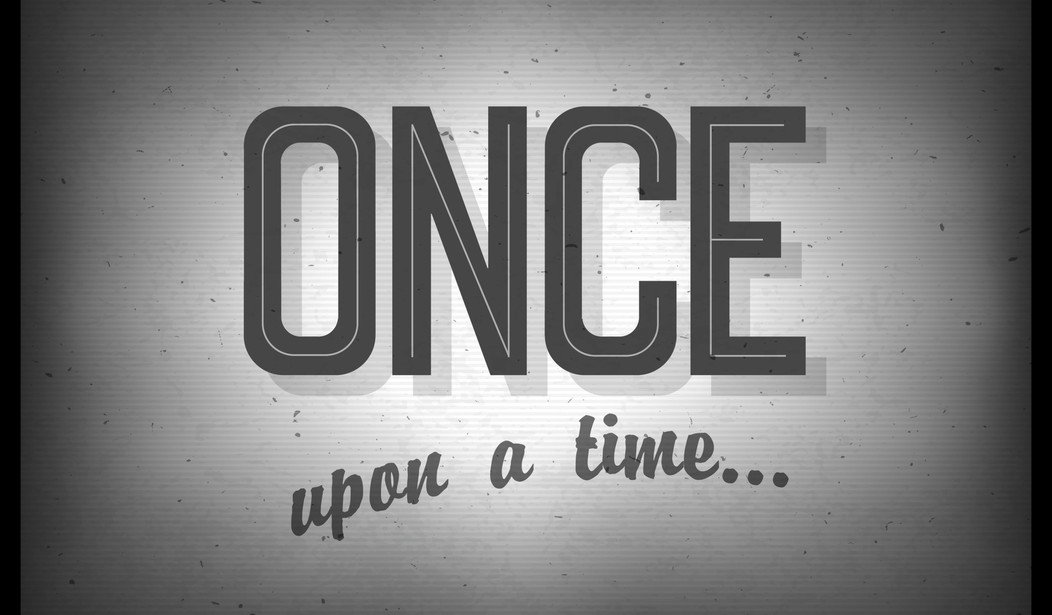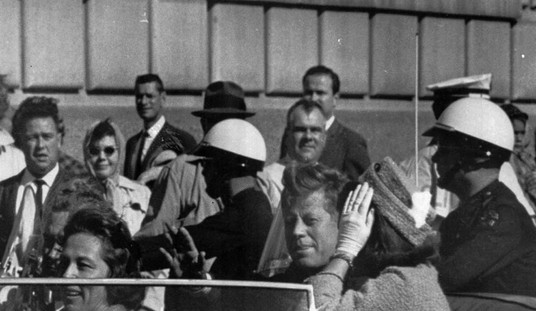There are a lot of things about which many millennials are startlingly ignorant. For example, they haven’t been taught about Communism: they know little or nothing about the Gulag and the Cultural Revolution, and think Che Guevara was a hero.
Alongside such gaps in their education, the fact that millennials, according to a recent study, are both ignorant of and indifferent to films made before their own time is a relatively trivial matter. But it bothers me. According to a recent article in The New York Post, fewer than half of millennials have seen Gone with the Wind (1939) and only 28 percent have viewed Casablanca (1942). The movies they’re most likely to know are The Lion King (1995), Forrest Gump (1994), Back to the Future (1985), The Dark Knight (2008), and The Matrix (1999).
Not bad movies. But when you don’t see films made prior to your own time, you’re missing out on a lot. Millennials, unlike thousands of generations before them, have access to a marvelous treasure trove of moving pictures that provide living glimpses of what the world was like before they existed.
People who dressed differently, talked differently (but not so differently that they can’t be easily understood today), and in many ways, thought differently. To live only in one’s own time and place, innocent of history and of the world beyond America’s shores, is to have no sense of which things are human constants and which are passing trends.
Old movies are an easy, entertaining escape hatch from that prison of ignorance. Among other things, they can introduce millennials to ways of thinking – and feeling – that are alien to them.
Take love. We live in a time when popular culture offers highly vulgar images of what used to be called courtship and romance. To a very large extent, today’s movies and music present sex as a matter of booty calls, hook-ups, and pick-ups – something that has little to do with affection or tenderness and everything to do with bling, cash, and flashy cars. There are exceptions, but they tend to be mediocre, formulaic, and short on conviction.
There used to be movies known as “tearjerkers.” If you look the word up online, you’ll find recent lists consisting of movies like Titanic (1997), Stepmom (1998), Ghost (1990), and Beaches (1988) – all of them ancient by millennial standards. But if some of these movies are genuinely touching, most are pale shadows of the great tearjerkers of the past.
Different genres have dominated the Hollywood production line at different times: in the 1930s, it was screwball comedy; the ’40s and ’50s were the heyday of musicals; film noir peaked in the years around 1950; the ’50s saw a spate of Biblical epics. For whatever reason, the great tearjerkers all date from the World War II years.
There are a number of movies I might name here, but I’ve picked only five titles. These are pictures with which I first became acquainted as a child, on late-night New York TV, and that I’ve seen repeatedly over the decades. One thing they all have in common is that, embarrassingly, I break into tears during their opening credits, because I know what’s coming.
I feel lucky to have grown up with them. They touch a place where many millennials may never have been touched. They don’t work in the cheap, superficial way that some later would-be tearjerkers – such as Love Story (1970) – do; they get to you on a deeper level, because they’re not just about love but also about things like duty, self-restraint, self-sacrifice, nobility of commitment.
All of my five films were from MGM; four starred Greer Garson; three were directed by Mervyn LeRoy, who was never considered a first-rank director, although he helmed several classics ranging from I Am a Fugitive from a Chain Gang (1932) and Gypsy (1962); three were set in England; two were based on books by James Hilton.
My choices may seem curious; I adore Casablanca (1942) and have seen it at least a couple of dozen times, but it’s not on my list because although I consider it a thing of wonder, a piece of history, and a perfect gem full of immortal lines of dialogue – and something that millennials should definitely see – it doesn’t leave me in helpless tears at the end.
1. Goodbye, Mr. Chips (1939).
But Goodbye, Mr. Chips (1939) does. Directed by Sam Wood, it tells the life story of a classics teacher at an English boys’ school, based on James Hilton’s own father. Robert Donat won the Oscar for Best Actor, beating out Clark Gable in Gone With the Wind, Laurence Olivier in Wuthering Heights, and James Stewart in Mr. Smith Goes to Washington.
Garson turns up in Act Two, when Chips meets, marries, and loses her, but she’s not really central to the story – except for the fact that she’s the one who teaches Chips how to connect with his students, thus turning the shy, awkward young pedagogue into a popular mentor and, eventually, a beloved fixture at the school.
2. Waterloo Bridge (1940).
Waterloo Bridge (1940), based on a play by Robert E. Sherwood, was Vivien Leigh’s first picture after Gone With the Wind. She plays Myra, a ballerina who falls in love with an army officer, Roy (Robert Taylor), in World War I-era London.
After Roy heads for the front and Myra gets dropped by her ballet company, she sees his name in a list of fallen soldiers. Grief-stricken and unable to find other work, she turns to prostitution – only to discover that he is, in fact, alive. Unaware that she’s been walking the streets, he’s eager to marry her and take her home to his aristocratic family’s manse.
Which leaves us with three splendid Garson vehicles. No, I won’t include Mrs. Miniver (1942), for which she won the Oscar: it’s less a tearjerker than a stirring piece of wartime propaganda (in the very best sense).
3. Blossoms in the Dust (1941).
By contrast, Blossoms in the Dust (1941) is the ultimate weepie, presenting MGM’s version of the real-life story of Edna Gladney of Fort Worth, who after losing her child opens a home for orphans.
4. Random Harvest (1942).
Perhaps the best of all these movies is Random Harvest (1942), the story of a woman’s steadfast love for her amnesiac husband (Ronald Colman).
5. Valley of Decision (1945).
Then there’s Valley of Decision (1945), in which a sensible Irish servant girl ends up playing a key role in the life of her rich Pittsburgh employers, especially the family scion (Gregory Peck).
I hesitate to go into detail about these movies. They need to be experienced. Granted, even when they were made, many filmgoers considered them sappy. And maybe they are. But they’re also beautiful artifacts.
Yes, they’re melodramatic, but they communicate, in sweet, simple, and powerfully affecting ways, important things about the human condition – about, for example, what it is that makes us civilized, responsible, and mature. They insist on the centrality of love to human existence – but they also remind us of the tough demands love can make upon us.
In short, for millennials who think of Titanic as an old movie and who are reflexively resistant to anything in black-and-white, these are films worth overcoming your prejudices and checking out.









Join the conversation as a VIP Member